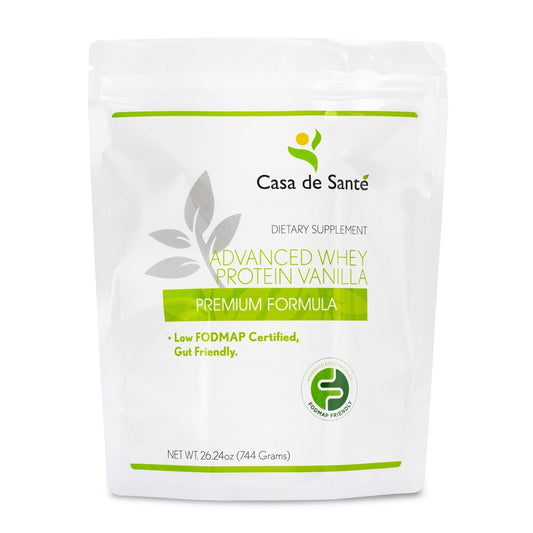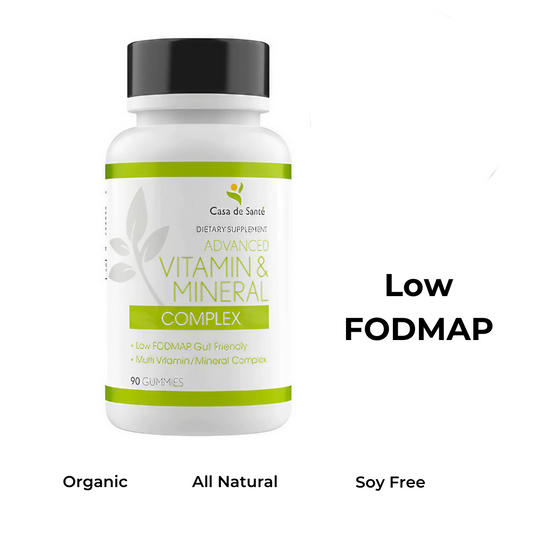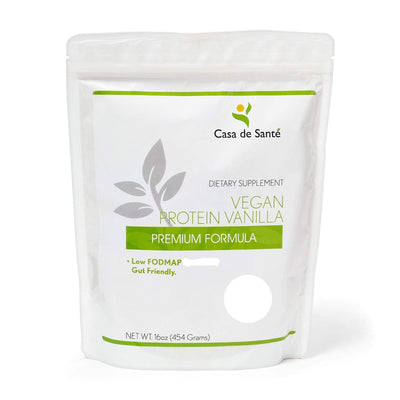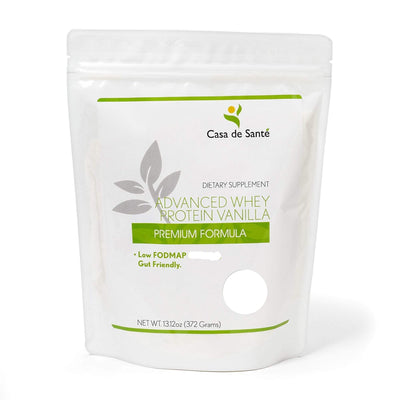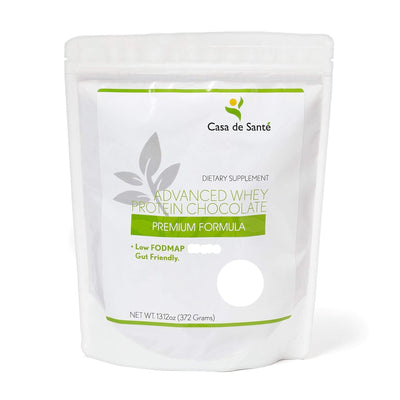Is Sumac Paleo
Is Sumac Paleo
Sumac is a popular spice that is widely used in various cuisines around the world. But for those following the Paleo Diet, which emphasizes eating foods similar to those consumed by early humans, the question arises: is sumac considered Paleo-friendly? In this article, we will explore the Paleo Diet, the origin and uses of sumac, and its nutritional profile, and determine whether sumac can be included in a Paleo Diet. We will also discuss alternatives to sumac for those adhering strictly to the Paleo principles.
Understanding the Paleo Diet
The Paleo Diet, also known as the Paleolithic Diet or the Caveman Diet, is based on the idea that our ancestors had a hunter-gatherer lifestyle and consumed certain types of foods that were available during that time. This diet aims to emulate the ancient way of eating and focuses on whole, unprocessed foods while avoiding grains, legumes, dairy, and processed foods. By following the Paleo Diet, individuals hope to improve their overall health and well-being by adopting a diet that is more in line with what our bodies are genetically adapted to.
The key principles of the Paleo Diet distinguish it from other dietary approaches. Firstly, there is an emphasis on whole foods. The diet encourages the consumption of unprocessed, nutrient-dense foods that are rich in vitamins, minerals, and other essential nutrients. By choosing whole foods, individuals can ensure that they are getting the maximum nutritional benefit from their diet.
Another principle of the Paleo Diet is the avoidance of grains and legumes. Grains such as wheat, rice, and corn, as well as legumes like beans and lentils, are excluded from the diet. This is because these foods contain anti-nutrients such as lectins and phytates, which can interfere with the absorption of nutrients and potentially cause digestive issues. By eliminating these foods, individuals on the Paleo Diet hope to improve their gut health and overall digestion.
In addition to grains and legumes, the Paleo Diet also restricts dairy products. This includes milk, cheese, and butter, as these were not consumed by early humans. The rationale behind this restriction is that our bodies may not have evolved to properly digest and process dairy products. By eliminating dairy, individuals on the Paleo Diet aim to reduce inflammation and improve their overall health.
Lastly, the Paleo Diet emphasizes the elimination of processed foods. Processed foods often contain artificial ingredients, additives, and preservatives that are not part of a natural, whole-foods-based diet. By avoiding these processed foods, individuals can reduce their intake of potentially harmful substances and focus on consuming foods that are closer to their natural state.
Common Foods in the Paleo Diet
The Paleo Diet encourages the consumption of a variety of foods that were available to our ancestors. Some common foods in the Paleo Diet include:
- Lean meats: This includes poultry, grass-fed beef, lamb, and wild game. These meats are rich in protein and provide essential amino acids that are important for muscle growth and repair.
- Fish and seafood: Rich in omega-3 fatty acids, fish and seafood are highly recommended on the Paleo Diet. Omega-3 fatty acids have been shown to have numerous health benefits, including reducing inflammation and improving heart health.
- Fruits and vegetables: These provide essential vitamins, minerals, and fiber. Fruits and vegetables are a great source of antioxidants, which help protect the body against oxidative stress and reduce the risk of chronic diseases.
- Nuts and seeds: These are nutritious sources of healthy fats and protein. Nuts and seeds are also rich in fiber, vitamins, and minerals. They can be enjoyed as a snack or used as a topping for salads and other dishes.
By incorporating these foods into their diet, individuals on the Paleo Diet can ensure that they are getting a wide range of nutrients and enjoying a varied and satisfying eating plan.
The Origin and Uses of Sumac
Sumac, derived from the Sumac plant, is a reddish-purple spice that has a tangy and slightly citrusy flavor. It is a prevalent ingredient in Middle Eastern and Mediterranean cuisines. The spice is made from the dried and ground berries of the sumac plant, known for its vibrant color and unique taste.
What is Sumac?
Sumac is a spice that has been used for centuries for its culinary and medicinal properties. It is native to the Middle East but is now cultivated in various regions around the world. Sumac berries are harvested and dried, after which they are ground into a coarse powder.
Sumac has a long and fascinating history. It was used by ancient civilizations such as the Romans and Greeks, who valued its flavor and believed it had medicinal properties. In fact, sumac was often used as a remedy for digestive issues and as a natural dye for textiles.
Culinary Uses of Sumac
Sumac is widely used in cooking and adds a distinct tartness and complexity to dishes. It is a key ingredient in popular Middle Eastern dishes such as hummus, fattoush salad, and za'atar spice blend. Sumac can also be used as a rub for meats or sprinkled over roasted vegetables to enhance their flavor.
One of the unique qualities of sumac is its ability to mimic the taste of lemon. This makes it a great substitute for lemon juice or zest in recipes, especially for those who are allergic to citrus fruits or prefer a milder citrus flavor. Additionally, sumac is known for its antioxidant properties, which can help boost the immune system and promote overall health.
Sumac is not only used in cooking but also in traditional medicine. It has been used for centuries to treat various ailments, including diarrhea, sore throat, and skin conditions. The spice is believed to have anti-inflammatory and antimicrobial properties, making it a valuable addition to natural remedies.
When using sumac in cooking, it is important to note that a little goes a long way. Its tangy flavor can easily overpower other ingredients if used in excess. It is best to start with a small amount and adjust according to taste.
Nutritional Profile of Sumac
Sumac not only adds flavor to dishes, but it also provides various nutritional benefits. It is rich in antioxidants, vitamins, and minerals, making it a valuable addition to a balanced diet.
Sumac is a popular spice that is derived from the berries of the sumac plant. These berries are dried and ground into a fine powder, which is then used to add a tangy and slightly citrusy flavor to a wide range of dishes. But beyond its culinary uses, sumac offers a host of health benefits that make it a worthy addition to your diet.
One of the key nutritional benefits of sumac is its high antioxidant content. Antioxidants are compounds that help protect the body against damage caused by harmful molecules called free radicals. These free radicals can cause oxidative stress, which has been linked to chronic diseases such as heart disease, cancer, and diabetes. By consuming sumac, you can increase your intake of antioxidants and potentially reduce your risk of developing these conditions.
Health Benefits of Sumac
The antioxidants found in sumac help protect the body against damage caused by free radicals, which may reduce the risk of chronic diseases, such as heart disease and cancer. Sumac also contains compounds that possess anti-inflammatory properties and may aid in reducing inflammation in the body.
In addition to its antioxidant properties, sumac is also a good source of vitamins and minerals. It is particularly rich in vitamin C, which is essential for a healthy immune system and plays a vital role in collagen production, wound healing, and iron absorption. Sumac also contains significant amounts of vitamin A, which is important for maintaining healthy vision, skin, and immune function.
Furthermore, sumac is a good source of minerals such as potassium, calcium, and magnesium. These minerals are essential for maintaining proper fluid balance, nerve function, and bone health. Including sumac in your diet can help ensure that you meet your daily requirements for these important nutrients.
Potential Risks and Side Effects of Sumac
While sumac is generally considered safe when used as a spice in food, it is essential to ensure that you are not allergic to sumac before consuming it. Some individuals may develop an allergic reaction to sumac, which can manifest as skin rashes, itching, or difficulty breathing. If you experience any of these symptoms after consuming sumac, it is advisable to seek medical attention immediately.
Additionally, individuals with kidney issues should exercise caution when consuming sumac. This is because sumac contains high levels of oxalates, which are naturally occurring compounds that can contribute to the formation of kidney stones. If you have a history of kidney problems or are prone to developing kidney stones, it is recommended to consult with a healthcare professional before adding sumac to your diet.
In conclusion, sumac is not only a flavorful spice but also a nutritional powerhouse. Its high antioxidant content, along with its vitamins and minerals, make it a valuable addition to a balanced diet. However, it is important to be aware of potential allergic reactions and exercise caution if you have kidney issues. By incorporating sumac into your meals, you can enjoy its unique taste while reaping its numerous health benefits.
Sumac and the Paleo Diet
Now let's address the question: can sumac be included in the Paleo Diet?
Can Sumac be Included in the Paleo Diet?
Yes, sumac can be considered Paleo-friendly as it is a natural spice that is free from additives and processed ingredients. Sumac aligns well with the principles of the Paleo Diet, as it is a plant-based spice that adds flavor and richness to dishes without the need for artificial ingredients.
How to Incorporate Sumac into Your Paleo Diet
If you are following a Paleo Diet and want to incorporate sumac into your meals, there are numerous ways to do so. Sprinkle sumac over grilled chicken or fish to add a burst of tanginess or use it as a seasoning for roasted vegetables. You can also mix sumac with olive oil and lemon juice to create a delicious dressing for salads.
Alternatives to Sumac in the Paleo Diet
For those who prefer to avoid sumac or are looking for variety in their Paleo Diet, there are several alternative spices that can be used:
Other Paleo-friendly Spices
1. Cumin: This aromatic spice adds warmth and depth to dishes, making it a suitable replacement for sumac in many recipes.
2. Paprika: With its smoky and slightly sweet flavor, paprika can provide a similar flavor profile to sumac.
3. Coriander: Known for its citrusy and earthy notes, coriander is another option for adding a tangy element to dishes.
Making Substitutions in Paleo Recipes
When incorporating alternative spices into your Paleo recipes, it is essential to consider the overall taste and adjust the quantities based on your personal preference. Experimenting with different combinations of spices can help you discover new flavors that suit your palate.
Conclusion
In conclusion, sumac can indeed be considered Paleo-friendly due to its natural origin and lack of additives. It provides not only a pleasant tanginess but also nutritional benefits. However, it is always important to listen to your body and ensure that you are not allergic to sumac or any other ingredient. For those following the Paleo Diet, sumac can be a flavorful and versatile addition to your culinary repertoire, but there are also various alternatives to explore for added diversity.








